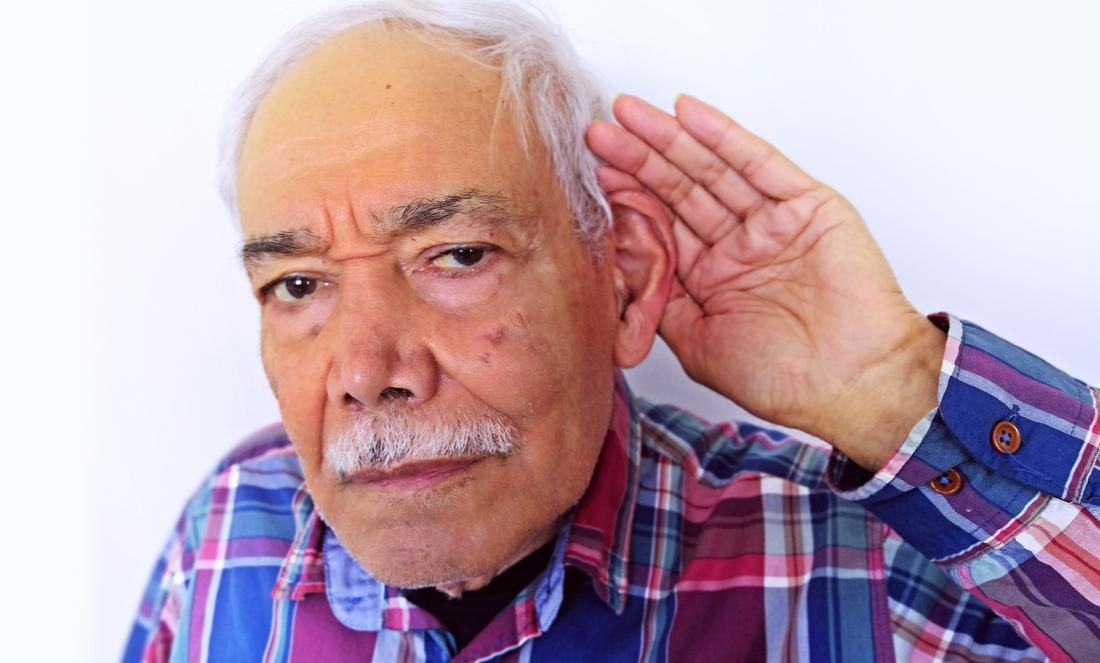
I hear, but I don't understand. Sensorial isolation in old age.
March 3 was International Hearing Day, a date used annually by the World Health Organization (WHO) to recall and review various aspects of promoting hearing care.
From Matia we have wanted to contribute our grain of sand by analysing a subject that, for many elderly people, is a reason for sensory isolation and loss of quality of life.
Presbycusis: a frequent pathology in old age and close to fragility
Speaking of presbycusis or age-related hearing loss is the third most common pathology in the elderly, after high blood pressure and osteoarthritis. In figures, it is estimated that from the age of 75 onwards it affects one out of every two individuals and almost 100% in people over 90. Therefore, with current demographic projections, by 2025 more than 500 million people could be affected by this gradual decrease in hearing.
Although no evidence has been found of the benefits of population screening for hearing loss in subjects over 50 years of age, in the case of people over 65 years of age with criteria of fragility, this monitoring could be beneficial and relevant in preventing possible situations of dependence.
And be careful, we are not talking about a trivial aspect for our health. Hearing loss is related to aspects such as depression, social isolation, a worse quality of life, lack of self-esteem,... which, if not tackled, can lead to functional dependence and cognitive deterioration.* In this line, it is important to stress the importance, in healthcare settings, of favouring care that is sensitive to this reality and that guarantees adequate two-way doctor-patient communication.
How it works
Presbycusis is caused by alterations in the inner ear at the level of the cochlea (auditory receptor organ), as well as in the sensory afferences, producing over time a progressive and symmetrical hearing loss, which affects high tonal frequencies. By compromising especially consonants, people are able to hear without understanding properly, especially in noisy environments (alteration of sound processing) and especially when the transmitter is a woman. All of this interferes to a great extent with communication with family, friends,... or with clinical relationships, as it makes them very difficult and slow.
How to detect it
Usually it is the family that is the first to detect it, even before the subject himself, which will generate progressive isolation and stigmatisation.
Hypersensitivity to loud noise is usually produced, which increases the threshold for hearing sounds in a quiet environment, decreasing tolerance to loud noise.
Sometimes it can be accompanied by noises, beeps that are difficult to stop, or dizziness due to alteration of the organ of balance (presbyastasis) in the form of vertigo, imbalance, increasing the risk of falls with their possible consequences.
In a first assessment, an otic exploration must be carried out (otoscopy) to rule out cerumen impaction that can diminish hearing by about 20 dB, infections in the middle ear or other lesions; the main test is a tonal audiometry where a perception hearing loss is appreciated, evaluating its severity. The whispering voice test is a simple assessment alternative with adequate validity.
How to treat it
Hearing aids are an important aid in the treatment process, as they amplify the sound and facilitate communication, depending largely on aesthetic aspects as well as on the person's ability to adapt. Although the number of people who do not benefit from this type of device is very small, in a population with significant poverty rates, the economic aspect should be taken into account, and therefore it is key to raise the awareness of social and health systems so that they can fulfil their role as guarantors of universal sensory accessibility.
In specific cases where the use of hearing aids does not bring benefits, the cochlear implant allows, through electrodes in the inner ear, to facilitate the processing of auditory information.
Hearing rehabilitation facilitates communication skills, and information to the companion in these techniques is relevant. Speaking slowly, looking at the person, avoiding noisy environments and checking that the message is understood, allows adaptation to sensory isolation.
For all these reasons, a symmetrical and bilateral hearing loss should not be attributed solely to age, and as we are talking about a pathology that is preventable, let us take action and look after our hearing health by going to the specialist for an assessment, and if necessary, an early intervention. As an Egyptian proverb says: "Hearing is precious to the listener.
(*) Lin FR. Hearing loss and cognition among older adults in the United States. J Gerontol A Biol Sci Med Sci. 2011; 66:1131.


Add new comment